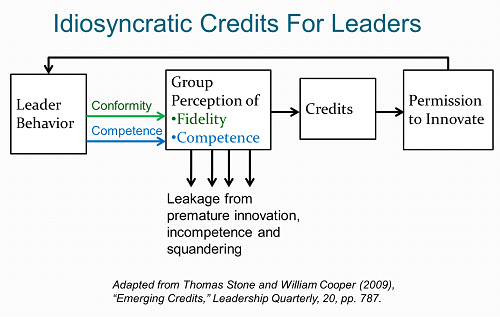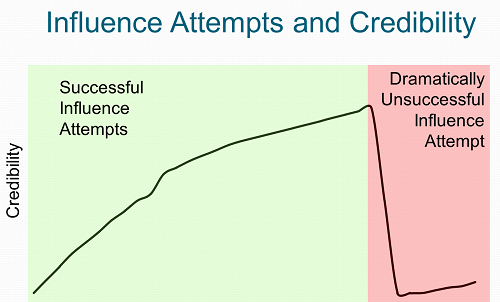When you walk in the room, who shows up for Read more →
Change in Your Personal Leadership Brand
Posted Tuesday, November 20, 2012Allen Slade
It is essential for you to have a personal brand statement. I like this style of brand statement:
For [a specific person or group], I want to be known for [six adjectives] so I can deliver [valuable outcomes].
When my clients ask what adjectives they should choose, I respond “What outcomes do you want to deliver?” For my leadership coaching clients, their outcomes usually include maximizing their influence as a leader.
While working on Ford’s employee opinion survey, the CEO wanted to add questions about empowerment. With Ford’s global operations, we delivered the survey in a number of languages. The word “empowerment” proved tricky for many of our translators. In German, the question “My manager understands how to empower people” came back as “My manager understands how to turn on the lights.” I believe in testing my ejection seat, so we found and corrected the mistranslation before the survey went live.
Yet, too many managers focus on turning on the lights – getting the budget set, scheduling activities, communicating basic information, producing management reports. A light switch operator doesn’t really have a personal brand. They are a commodity.
Your impact as a leader is the scope of influence you can exercise. If you can’t drive innovation and growth, you are just turning on the lights. Could you be easily replaced by another manager? If so, you need a new personal leadership brand.
If you wish to be known as a leader and not just an individual contributor or manager, then your personal leadership brand must highlight your ability to innovate/change/grow a team, an organization or a business.
Yet the best leaders do not tilt at windmills like Don Quixote, attempting (and failing) to do the impossible. The best leaders look for difficult challenges that stretch themselves and their team without destroying the leader’s credibility. Thomas Stone and William Cooper capture the tension between innovation and credibility in the following process:
It is a curiosity of leadership that conformity builds credit for future innovation. Going along now creates the opportunity to innovate later. The “leader” who avoids risk does not spend any credits. The leader who pushes too far too fast burns credits without gaining influence.
If you are not content with being just a manager, you can change your personal leadership brand. Be patient. Becoming an innovative and influential leader takes repeated success over time. When you first step into a job, you start with a small cache of innovation credits. If you spend those credits wisely, building your group’s perception of your fidelity and competency, you gain more credits. Bit by bit, you are able to innovate more boldly, expanding your influence well beyond the range of indifference. In the image below, this gradual increase in credibility, influence and innovation is captured in the green area.
Since true innovation is risky, you may have a dramatically unsuccessful influence attempt that will erase most of your credibility. In the red area above, the impact of a major misstep leads to a resetting of the credibility curve. Many leaders find it necessary to retreat, operate largely in the range of indifference, until they regain the credibility to tackle new challenges. The loss of credibility can be so severe that the leader needs to start over in a new job or a new organization.
Managers who avoid risk will not play this game. They will stay in the range of indifference, never risking their credibility and hoping to never fail. They may or may not fail, but I can largely guarantee that they will not experience dramatic success.
You have a choice. You can create a personal leadership brand involving wise risk taking to create innovation. Or you can create a safe style more appropriate for a manager. You can empower change, or you can just turn on the lights.
My personal choice was made a long time ago. The Slade & Associates brand is “Creating dialogue and insight for intelligent change.” I hope this blog helps create insight for you that will drive intelligent change in your leadership.



